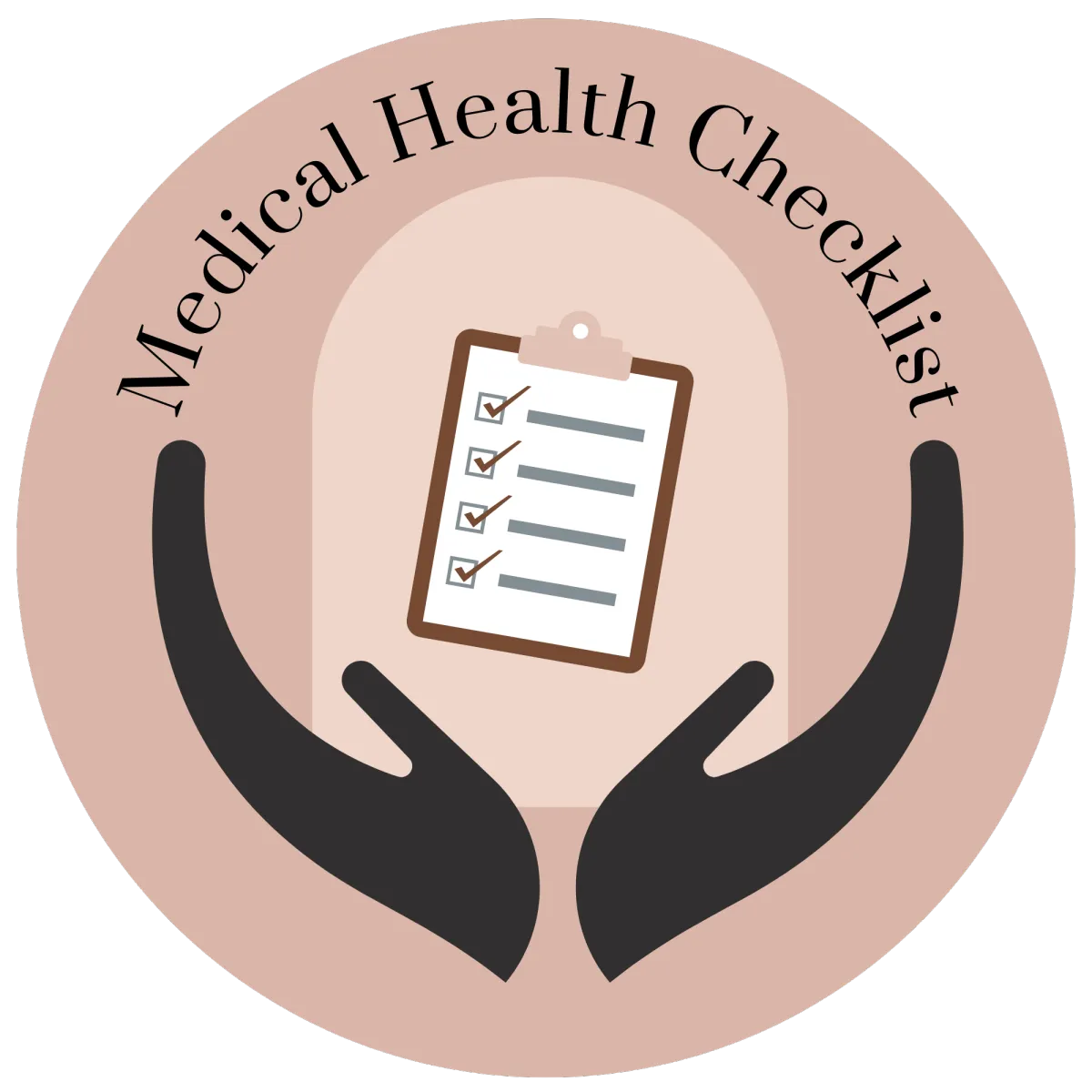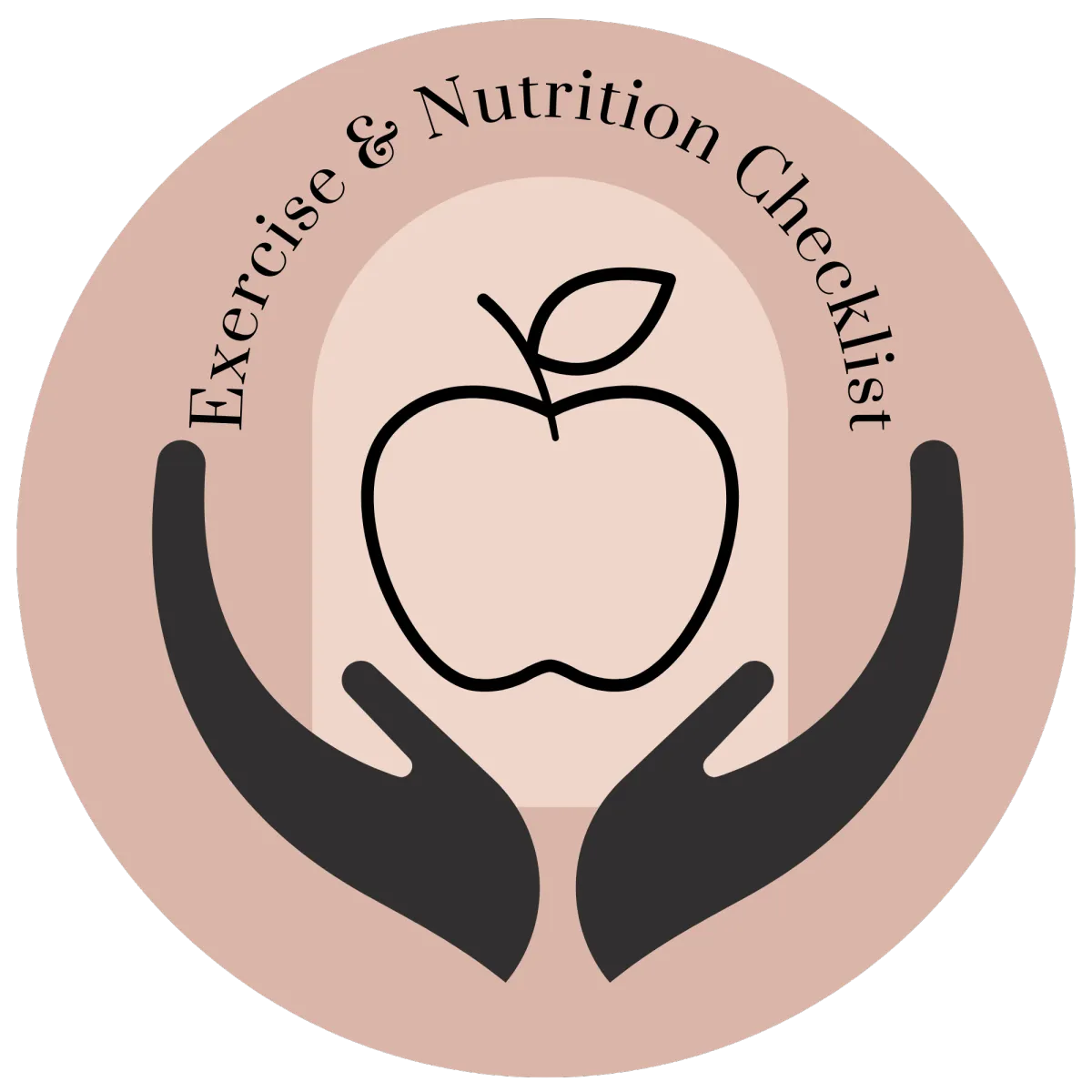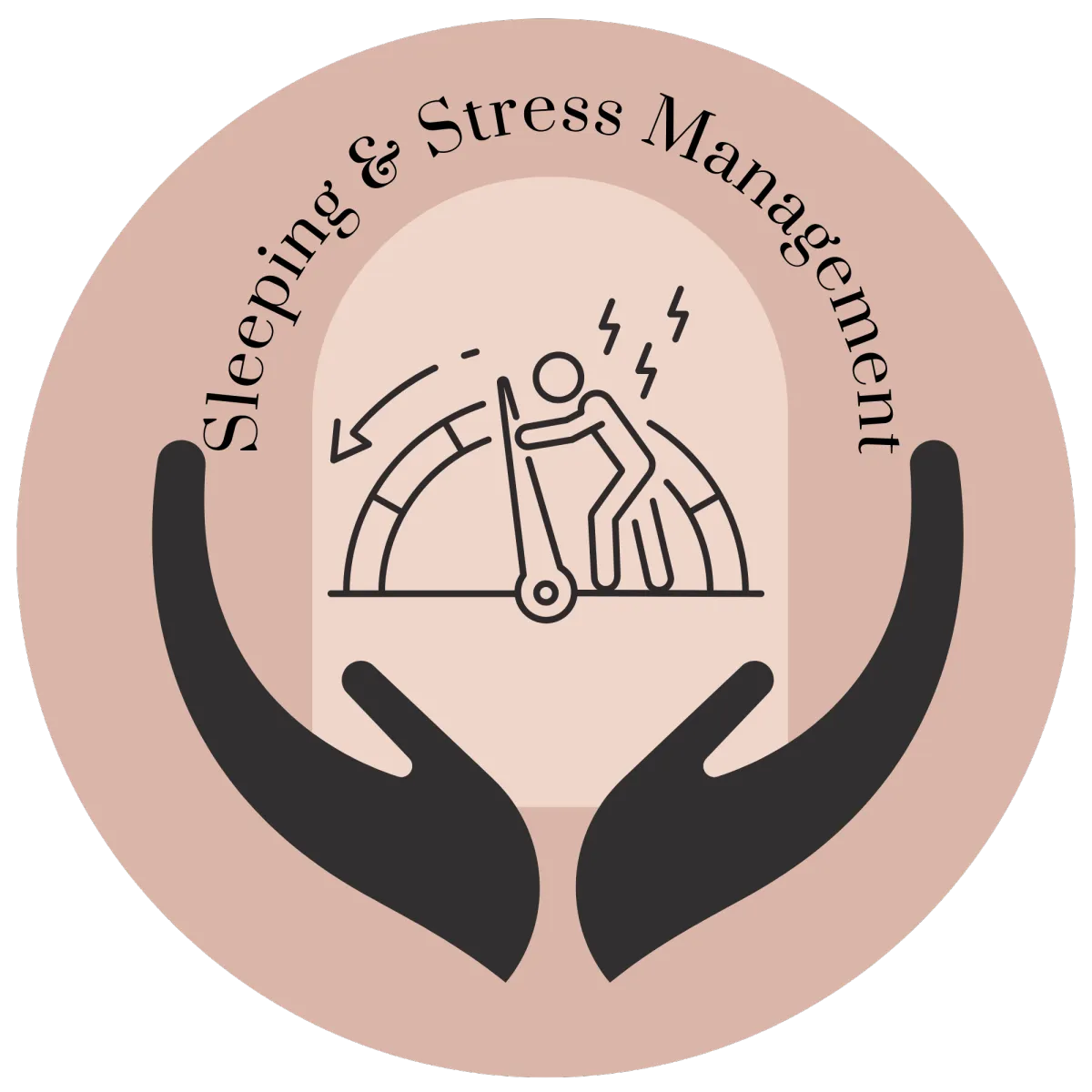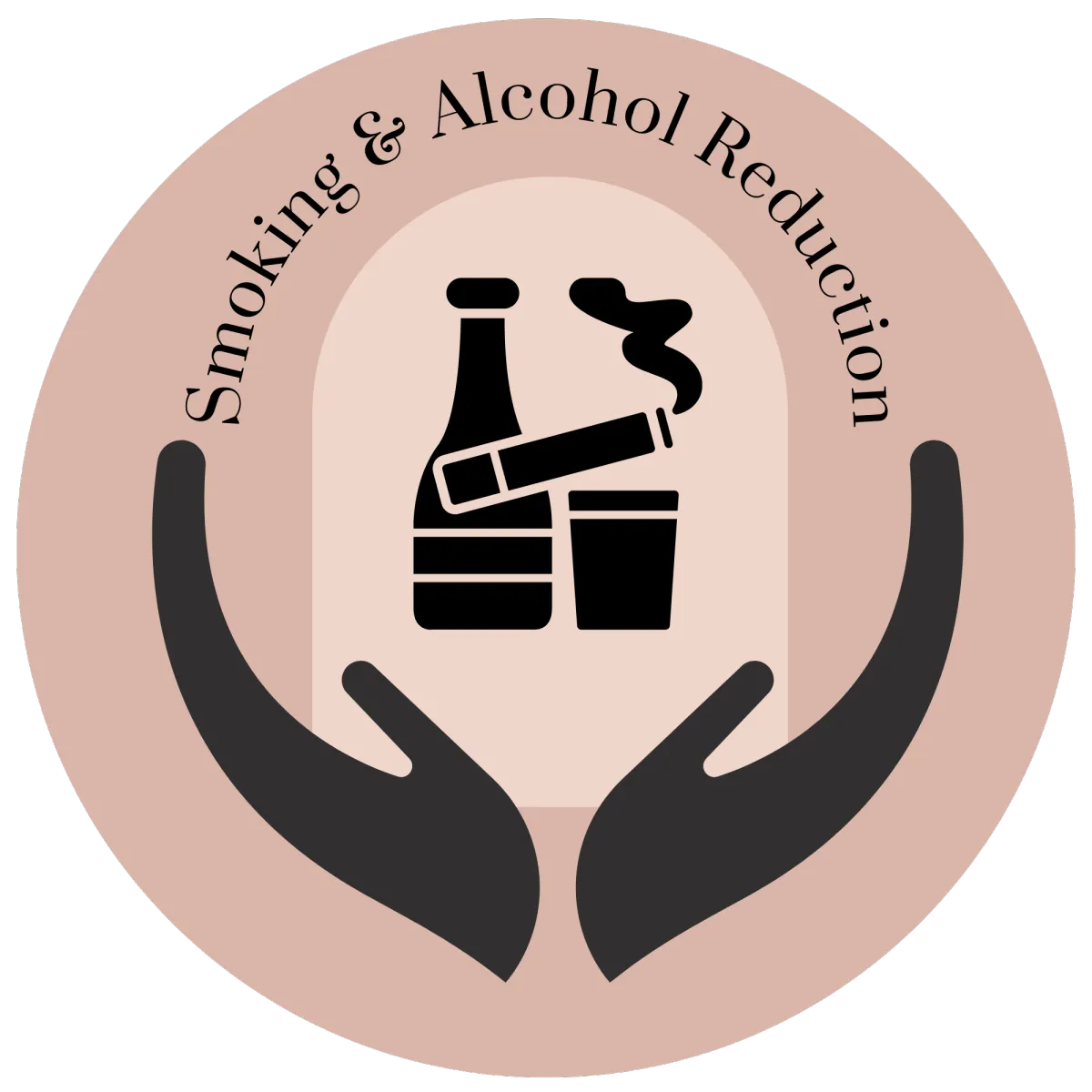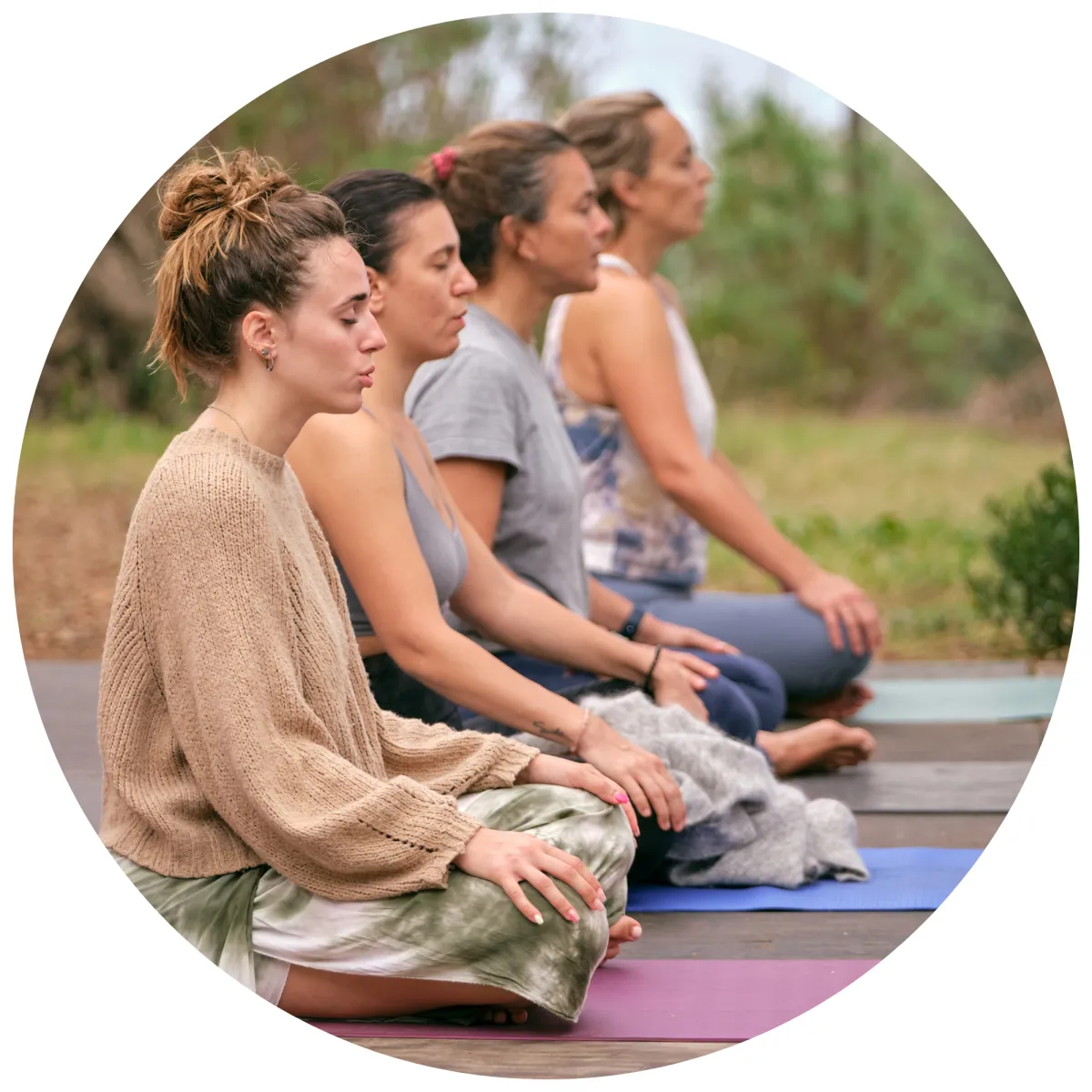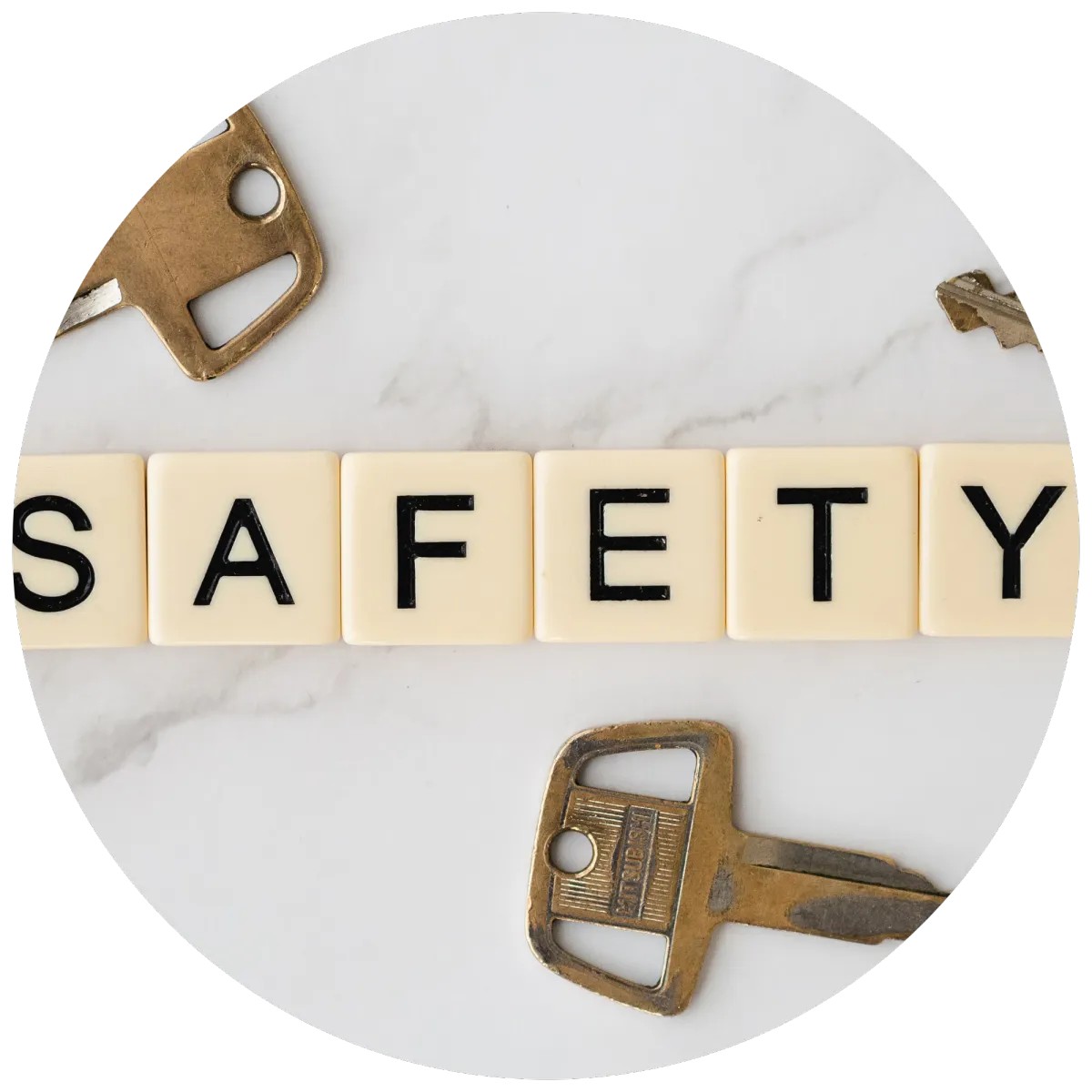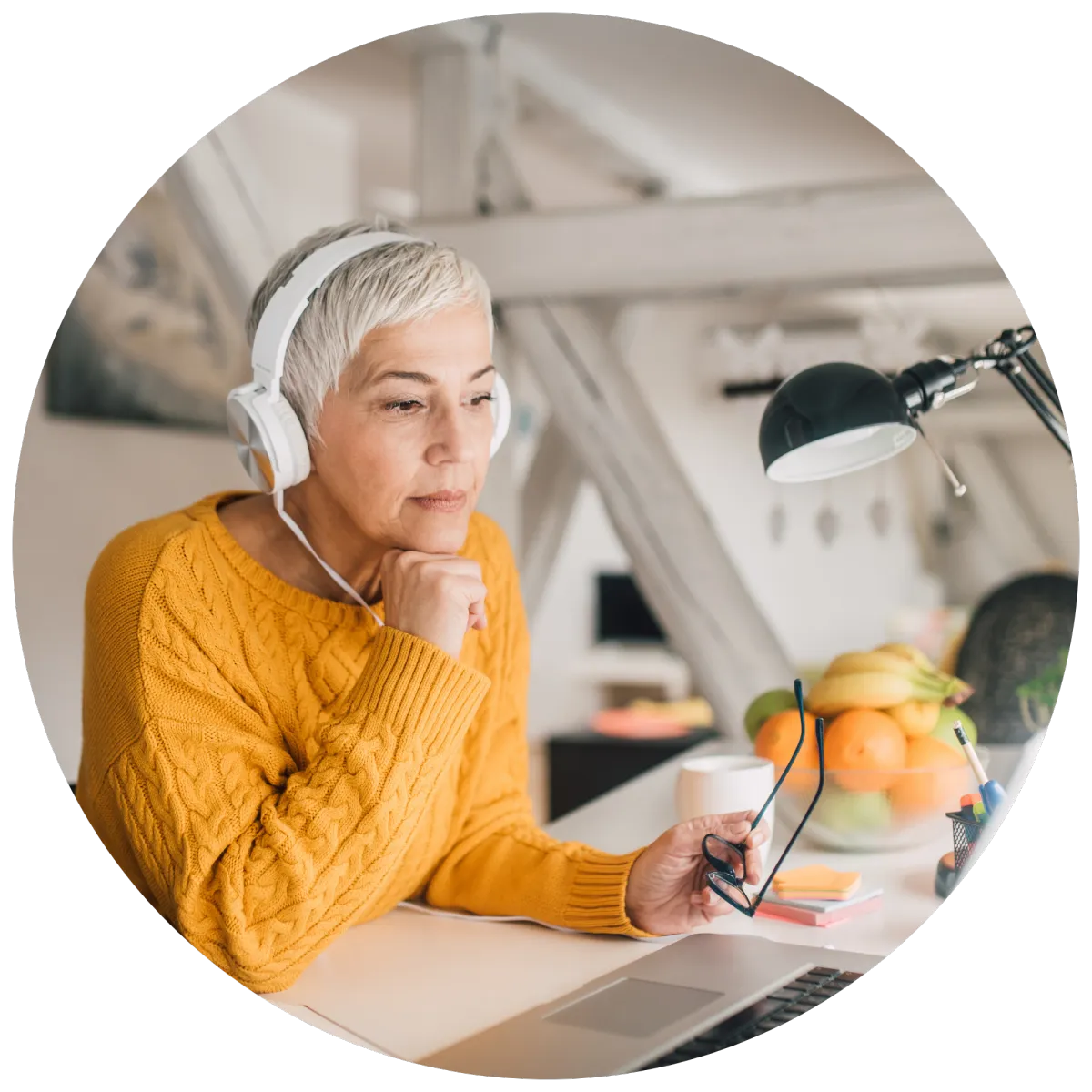Reducing your Smoking, Vaping
& Alcoholic drinks
Welcome to the
Women’s Wellness Hub
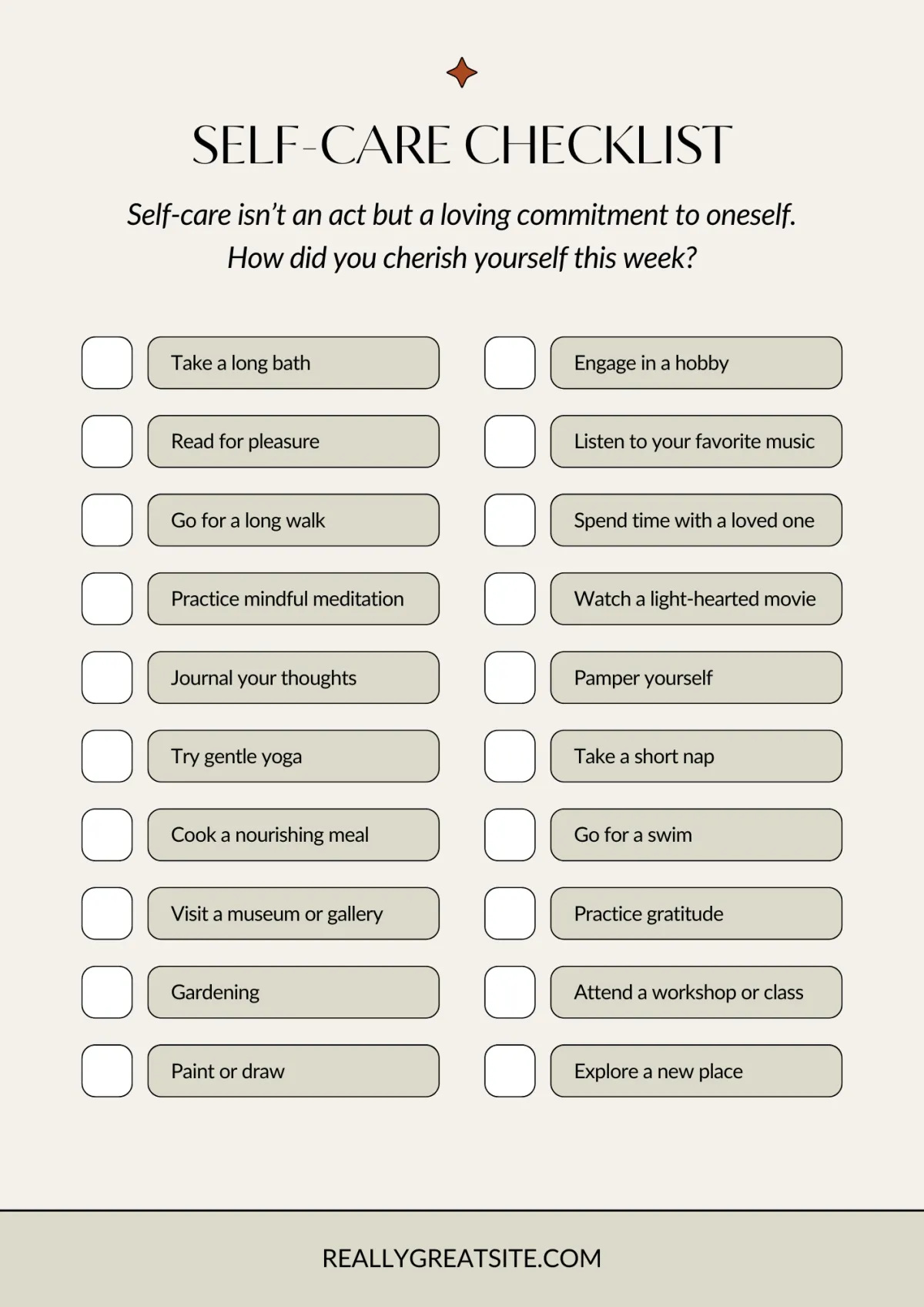
Smoking and Vaping and gaining the strength to stop!
There are lots of types of cigarette products on the market and all have tobacco in them. There is no safe form of tobacco.
Staying tobacco free is the best way obviously to protect your health. You know it is more than likely going to end badly - by hurting and/or killing the smoker as well as potentially the people around that you love and care for, who are not consenting to being harmed or killed from secondary smoke.
We are not judging however. It is a bloody easy thing to start, but also a bloody hard thing to stop. Addictions.........
Nicotine based smoking includes:
Cigarettes - can come in a number of forms including:
Regular (combustible) cigaretts, which contain tobacco and over 7000 chemicals which the smoker and others around them are then exposed to.
Light, hand-rolled natural or herbal cigarettes - the risk is NOT lower in light or low-tar cigarettes. In fact, people who have always smoked hand-rolled cigarettes have a high risk of cancers of the larynx (voice box)f, oesophagus (swallowing tube) mouth and pharynx (throat) when compared with other nicotine products.
All natural? Some cigarettes are now being sold as "all natural" but there is no proof there are healthier or safer than other cigarettes even if they say no chemicals or additives.
Menthol cigarettes
Cigars and little cigars
Electronic or e-cigarettes (vaping devices)
Clove cigarettes, (kreteks), Bidis (flavored cigarettes) and Hookahs (water pipes)......
(reference: amp.cancer.org)
VAPING THE NEW HEALTH CRISIS
They may seem sweet, but on the inside… they’re hiding a dirty secret.
Vapes are filled with toxic chemicals that can lead to cancer and cause permanent damage to your lungs, heart and brain. They can even intensify anxiety and depression.
Keeping it real - what really is in vapes!
Spoiler alert, vape juice isn’t made from fruit concentrate or fruit juice. Those fake sweet and fruity flavours are made using a range of harmful toxins.
They might smell nice, but you’re breathing in a lot of the same ingredients found in nail polish remover, weed killer, cleaning products and bug spray.
These are some of the chemicals commonly found in vapes and what they’re doing to you each time you take a puff.
OMG!!!! We were even shocked by the contents.....
Formaldehyde- found in products like floor cleaner and can permanently damage your lungs and cause cancer.
☠️Acrolein - found in insect killer and can damage the lining of your lungs and irritate the inside of your nose.
☠️Propylene glycol- synthetic liquid and may trigger asthma when it’s heated and inhaled
☠️Heavy metals- including arsenic and nickel which can cause cancer and lead that can damage the developing brain.
☠️ You’ll also be inhaling anti-freeze which is used to cool car engines and other volatile organic compounds found in paint and heavy-duty cleaning products. That doesn’t include the hundreds of cancer-causing additives that weren’t designed to be heated or inhaled into the lungs.
Vapes may include flavourings that are safe to eat and drink, but aren’t safe to inhale. They’re also often incorrectly labelled so you don’t know what the ingredients are and what chemicals you’re putting into your body.
Signs you might be addicted to vaping
Some common signs of nicotine addiction include:
✅feeling irritable
✅feeling anxious and, or depressed
✅having strong cravings to vape
✅not being able to concentrate
Nicotine free? Really.....
Did you know that even when a vape is labelled ‘nicotine free’, it still probably has nicotine in it? Sneaky, right?
Nicotine is super addictive, and once you start vaping, it can be really hard to stop.
Once you’re hooked on vaping, you’re more likely to start smoking tobacco cigarettes to get that nicotine hit.
And you don’t have to vape for long to get addicted. We have watched 15 year old's quickly become a shadow of their former selves as their whole day revolves around the next toxic drag.
Nicotine can also affect your heart, increase anxiety and depression, and impact your brain development, especially the part responsible for attention, memory and learning. If you’re under 25, vaping can actually rewire your brain! Scary stuff, short and long term.
See the checklist on some great tips on reducing the impact of withdrawing from the addictions and how to withdraw.
QUIT HELP - YOU'VE GOT THIS. YOU DESERVE IT!
If you think you’re addicted to smoking or vaping, you’re not alone. There’s a range of support services and options to help you quit for good.
You can call Quitline on 13 78 48 (13 QUIT) and talk to a counsellor 7 days a week. They’ll give you advice and help you develop a plan for quitting. If you’re over 12, nicotine replacement therapy products may also help.
The Quitline team will talk to you about different options and what might be best for you. They can also support your friends and family.
Quitline is free and confidential.
If it’s outside business hours, you can request a call back by filling in an online form on the QuitHQ website.
ALTERNATE THERAPIES TO HELP YOU QUIT
Alternate therapy options that may help:
patches (insert details)
hypnotherapy etc
list all here
You can also speak to your GP, pharmacist or school-based nurse, who can give you advice and support.
Just remember, you’re not alone and quitting is possible.
STOP SMOKING PRODUCTS LISTED HERE AND PROMOTED
picture
Reducing your alcohol intake
Is one more worth it?
(insert picture)
You could be cracking open a splitting headache, with a hangover leaving you feeling tired and irritable. Wouldn’t you rather a deep, restorative sleep leaving you firing on all cylinders tomorrow?
Cutting back has many benefits to your overall health, learn more about how reducing your drinking will have you looking and feeling your best.
BUT HOW MANY IS TOO MANY?
Well that depends on the size of your drink and what you're drinking. And this seems to be where a lot of us get caught out as not all drinks are equal.
Alcohol affects everyone in different ways and it’s important to know that drinking is never completely safe.
The Australian Alcohol Guidelines* recommend:
Healthy adults should drink no more than 10 standard drinks in a week, and no more than 4 standard drinks on any one day people under 18, and women who are pregnant, planning a pregnancy, or breastfeeding shouldn't drink any alcohol.
*Australian Guidelines to Reduce Health Risks from Alcohol (NHMRC 2020)
(insert pictures)
LEGAL AGE LIMIT - AUSTRALIA
UNDERAGE DRINKING AND PARENT OBLIGATIONS
DRINKING AND DRIVING - CAR OR WATERCRAFT
HOW DOES ALCOHOL IMMEDIATELY AFFECT YOU?
Alcohol affects people differently. It depends what you drink, how much and how quickly you drink it. It also depends on your size and weight, and whether you’re male or female. If you drink and take over the counter, prescribed medications or other drugs, it can increase your risk of an overdose.
Dizziness
Slower reflexes
Poor balance
Poor coordination
Slurring of words
Drowsiness
Impaired judgment
If you have a large amount of alcohol in a short period of time you may experience:
Headaches
Nausea and vomiting
Agitation
Mood swings
Risky behaviour resulting in injuries, accidents, criminal offences, vulnerability to sexual assault unprotected sex
Loss of consciousness
Respiratory arrest including death
CUT BACK - THE BENEFITS ARE WORTH IT!
Cutting back or taking a break from alcohol is one of the best things you can do for your health. Whether you’re thinking about drinking less each week or feeling like you don’t want to drink at all anymore, there are so many good reasons to make a change.
THE SHORT TERM BENEFITS:
Wake up feeling better in the morning and ready to take on your day!
Falling asleep without alcohol means you won’t wake up as often and you’ll have a more restorative, deep sleep.
And with that comes improved everyday functioning – mood, concentration, creativity, productivity, mental performance and energy.
The good thing is, you’ll notice the benefits of this straight away.
Look younger and have better looking skin
Did you know alcohol can affect how your skin looks?
Alcohol is linked to inflammatory skin conditions such as psoriasis and eczema, broken capillaries on your face and nose, under-eye puffiness and dehydration (which can leave your skin looking dry and dull).
Cutting back allows your skin’s elasticity to return, lose the redness, and give you an overall healthier complexion.
Feel more energetic!
Looking to smash a personal best or try a new fitness class?
Cutting back on your drinking will help you get a better night’s sleep so you’ll feel more energised during the day.
Whether it’s having more energy to run around after the kids or smash out a busy day at work, cutting back will help you to tackle it all.
Stronger immunity
Alcohol reduces various immune responses, including lower white blood cell production which the body needs to fight bacteria and germs.
It’s also associated with increased risk of contracting bacterial and viral lung infections.
By cutting back you’re giving your body a chance to build up its natural defence against infections and viruses, like COVID or the flu.
Better weight management
Alcohol can cause unwanted weight gain in four ways:
it stops your body from burning fat,
it's high in kilojoules,
it can make you feel hungry, and
it can lead to cravings for salty and greasy foods.
Cutting back can help you make healthier decisions to look and feel your best.
More cash in your pocket
One of the unexpected bonuses of drinking less can be saving money.
Depending on what you drink, how much and how often, the savings can be significant.
In 2020, the average Aussie household spent almost $2,000 on alcohol - so cut back and pocket the money instead.** Australian Alcohol and Drug Foundation (2020)
Improved mental health - have you ever had hangxiety?
After a night out drinking you might wake up feeling anxious or worried about what happened the night before.
Hangxiety is partly caused by the chemical changes that take place in our brains when we drink. Cutting back your drinking could also help reduce your anxiety.
If depressed - makes it worse - article
LONG TERM BENEFITS
As well as having a short-term impact on your health and wellbeing, cutting down on alcohol and making changes now can protect your future health.
Many alcohol-related health risks don’t appear until later in life. This means that how much and how often you drink now can affect your health later in life.
Making small, positive changes now will help reduce risks for:
-Confusion and memory loss
-Developing cancer
-Liver disease
-Heart disease
-Fertility problems
-Diabetes
-Dementia
*Qld Health Guidelines: www.
CREATE A TIPS FOR CUTTING BACK
Being mindful of how many and what you’re drinking can help you start to reduce your intake. If you’re interested in cutting back, talk to your friends and family and let them know so they can help support you. Other ways to reduce your intake can include:
Set a drink and budget limit before you start. Follow the guidelines and you'll feel better for it the next day!
Have a few alcohol-free days each week and adopt other healthy behaviours such as going for a walk, gardening or playing sport.
Choose social events or a place where alcohol isn’t easily available
, such as the beach or going to the movies.
Limit how much alcohol you have at home
- if it’s not there, you can’t drink it.
Space your drinks
and alternate with non-alcohol drinks.
Change your routine
– if you usually reach for a glass of wine or a beer after work,
instead try calling a friend for a catch up or switch on your favourite podcast.
No alcohol is safest when it comes to driving
- it's hard to monitor how much you've had to drink - there's too many factors that affect your blood alcohol level.
IMPACT ON THE KIDS AND RELATIONSHIPS
Cutting down can also have positive flow on effects for the young people in your life.
You can be a role model by changing your habits and showing that you don’t need alcohol to have fun or to unwind after a hard day.
insert articles here
Podcast here
PREGNANCY, BREASTFEEDING AND ALCOHOL
TRYING NON-ALCHOLIC RANGES
(ADVERTISE HERE)
SUPPORT SERVICES
adis 24/7 Alcohol and Drug Support
Confidential support service for people in Queensland with alcohol and other drug concerns, their families and health professionals.
Alcohol and Drug Support on 1800 177 833.
LIFELINE
(DO ONE FOR EACH STATE)
SOBER IN THE COUNTRY
Get the checklists and tips you need to keep
on top of women's physical health issues
Women's Wellness Hub Directory
Women's Wellness Blog
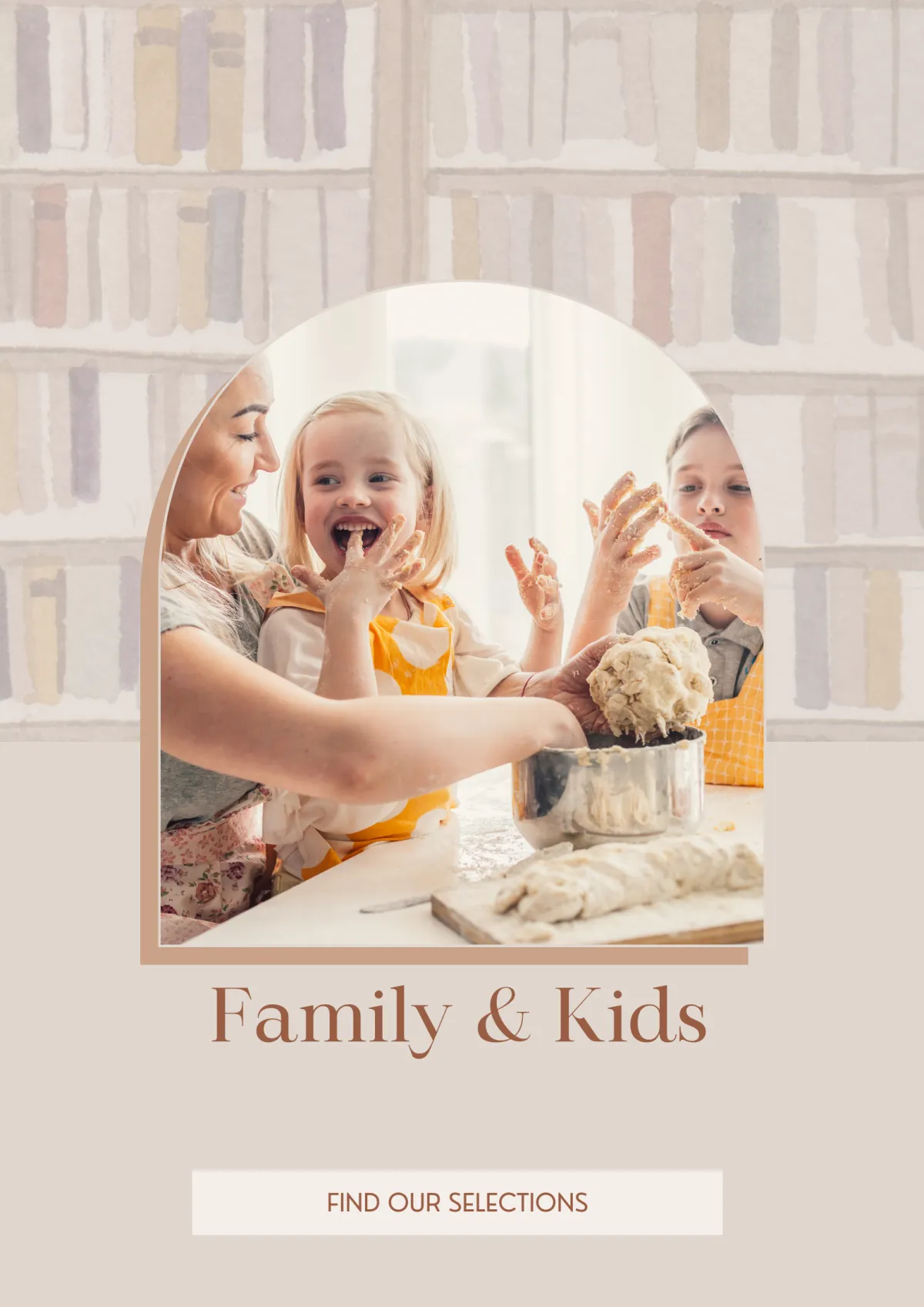
Top Tips for Blended Families
Blended families
If you are part of a blended family, you know that whilst it can be so wonderful, it can present a unique set of legal considerations and potential relationship challenges.
In family law, a 'Blended family', also known as a stepfamily, is a family unit where at least one child is the biological or adopted child of only one parent, and not both. This usually happens when two separate families come together, often through marriage or de facto relationships.
Approximately 12% of couple families with dependent children were classified as either step-families or blended families in the 2021 Australian Federal Census.
Of these, step-families comprised 8% of all couple families with dependent children (182,229 families), while blended families made up 4% (99,564 families).
Legal tips to consider for Blended Families
When families merge through new relationships, forming a ‘blended family’, a range of unique legal scenarios can arise. Understanding these can help ensure everyone’s rights and responsibilities are upheld.
In Australia, The Family Law Act 1975 sets out the rights and responsibilities of parents and step-parents, including matters related to children’s living arrangements, financial support, and decision-making.
Additionally, state and territory laws may also apply in specific situations.
While the fundamental principles of family law remain consistent between a traditional and blended family, their application can vary in blended families:
- Step-parent generally don’t have the same automatic parental rights as biological parents. However, if you live with your stepchildren and their parent, you have a responsibility to care for them as you would your own children. This includes providing for their basic needs, ensuring their safety and well-being and contributing generally to their upbringing. It may, in some instances, also include financial obligations.
- Parental rights in a blended family are usually primarily based on what is in the best interests of the child (as required for a traditional family).
- While biological parent’s parental rights and responsibilities are clearly defined under The Family Law Act (custody, decision making and financial support) these rights can be recognised by the Family Courts if the step-parent has been a very significant caregiver or if there are formal agreements made between the biological parents and the step-parent through court orders or agreements.
- Step-parents may need to seek court orders for parental responsibility or establish their standing through de facto relationships.
Child Support Payments and Blended Families
- In most cases, the amount of child support that a person or their former partner is liable to pay will not change if they remarry or enter into a new relationship. You should however carefully check with child support as it is a complex calculation.
- A parent can successfully change their child support assessment by showing special circumstances for example if they are supporting other children (it will potentially reduce their capacity to pay child support).
- If you have an existing child support agreement and your family situation changes due to a new relationship, it’s important to review and potentially update the agreement.
- If the child's birth mother remarries and her new partner wants to adopt the child, the birth parents are usually responsible for raising the child. The new stepfather is not liable for children who are not his biological children, and the biological parent may still be required to make regular child support contributions.
Adopting a step-child
- One of the most significant legal steps that a step-parent can take is to adopt their step-child. This is a complex process that involves a number of legal steps, but it can provide many benefits for both the child and the step-parent. Adoption gives the step-parent legal recognition as the child’s parent and provides them with the same rights and responsibilities as a biological parent.
- There are different laws and rules of eligibility that need to be complied with in order to adopt. You should seek legal advice.
Wills & Estates for Blended Families
When someone with a blended family passes away and leaves their entire estate or a large part of it to some family members, but not to others, it can put their estate at risk of an excluded family member(s) can legally challenge the distribution of the deceased person's assets.
Family members who are not adequately provided for in a Will are often entitled and eligible to make a claim against the deceased person's estate, even if they are not blood related.
Custody when a blended family relationship breaks down
Custody arrangements in blended families usually rely on the existing custody agreements or orders from previous relationships. The child’s biological or adoptive parents usually hold primary custody rights, determining where the child lives and making major decisions about their upbringing.
However, step-parents can obviously play a significant role in a child’s life, and arrangements for visitation or shared care can still be negotiated or ordered by the court.
These arrangements are often made with the child’s best interests as the paramount consideration. Factors like the child’s age, their relationship with each parent and step-parent, and the stability of each household are all considered. Communicating openly with all parties involved is crucial to create a plan that works for everyone.
We recommend you seek legal advice in relation to any of these more complex 'blended family' issues.
Key Emotional Challenges of blended family
The first step to improving your blended family problems is to identify if things aren’t blending well. Here are some signs to look out for:
Step-siblings don’t get along and there is a lot of fighting or lack of any communication/interraction
When jealousy rears its head between the children or even partners and their step child
Family gatherings and meal time are tense and uncomfortable
When parenting styles don’t align and you cannot agree on rules for the household
When the children develop new behavioural issues
Your step children wont listen or respect your authority.
Your step-children only ask their biological parent for permission and help and don't come to you - or vice versa with your partner.
When there is an obvious split in the household rather than a ‘blend’
Tips to Resolving Blended Family Problems
Don’t panic. It can take some time and there are strategies you can you take to address the issues you may have mixing your families.
Show a united front
Children will usually be led by their parent’s example and if you and your partner aren’t completely unified, chances are the kids will follow. Make sure that you and your partner put in the effort to stay consistent and act together. Don’t contradict each other’s rules or negate each other’s parenting styles.
It may take a lot of long, even difficult, conversations to get on the same page about the rules and standards you want to put in place for your household. This is an effort that is not only worth making but is absolutely critical to make in order to allow your blended family to truly blend.
Respect the old ways
Transitioning to a blended family can feel very threatening for children who may fear the loss of a previous life that they were attached to. Respect the traditions that you had before to give them more comfort.
Start new family traditions
Find common ground between what both sides of the family like for example pizza night Tuesday and BBQ Sunday. Let your kids take an active part and even lead the way forward so they feel invested in and excited by their family’s future instead of alienated by it.
It won’t just happen overnight
Change takes time. Respect and validate each others feelings, especially the children. Try to have really calm open communication - talk things out openly instead of sweeping them under the rug. You’re all in this together, and the process may understandably take some time to get a happy rhythm.
Family Counselling help
Sometimes family problems go beyond what you can be addressed at home. A Family Counsellor can really assist families to find strategies to work together to resolve issues and find ways to work together and better communicate.
Utilising family dispute mediation services can also be beneficial. These services provide a supportive and neutral environment for families to discuss and resolve conflicts, with the aim of reaching a mutually agreed outcome.
This site is brought to you by Family Counselling Support Network
Book in directly with one of our professionals today

We are here to help

We are committed to protecting your personal information and respecting your privacy. This website uses cookies to analyze website traffic and optimise your website experience. By accepting our use of cookies, your data will be aggregated with all other user data.
DISCLAIMER: The material contained on this website is for general educational and information purposes only and is not a substitute for professional legal, financial, medical or psychological advice or care. While every care has been taken in the information provided, no legal responsibility or liability is accepted, warranted or implied by the authors or Family Counselling Support Network and any liability is hereby expressly disclaimed. For specific advice please contact us at [email protected]. All information contained on the website remains the intellectual property of Family Counselling Support Network and is for your personal educational use only. The information must not be reproduced or distributed without the express permission of Family Counselling Support Network.
Family Counselling Support Network acknowledges and respects the First Nations Custodians of the land where our offices stand, and where we work to help Australians. We pay respects to their Elders, past present and emerging, lore, customs and creation spirits. We recognise that these lands have always been places of ceremony, teaching, research and learning, and we acknowledge the important role Aboriginal and Torres Strait Islander peoples play in our community.
We are committed to providing an inclusive and accessible environment where people and communities of all identities and backgrounds are accepted, safe and celebrated.
Privacy Policy | Terms and Conditions

